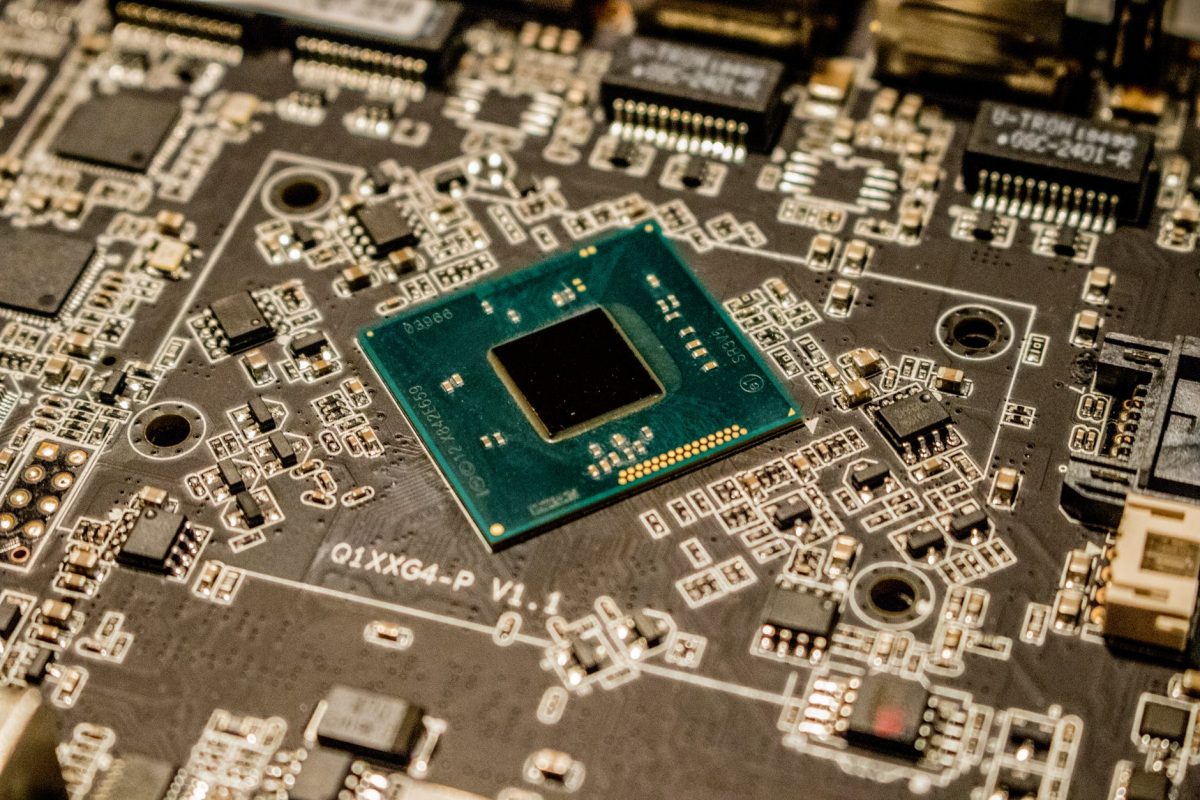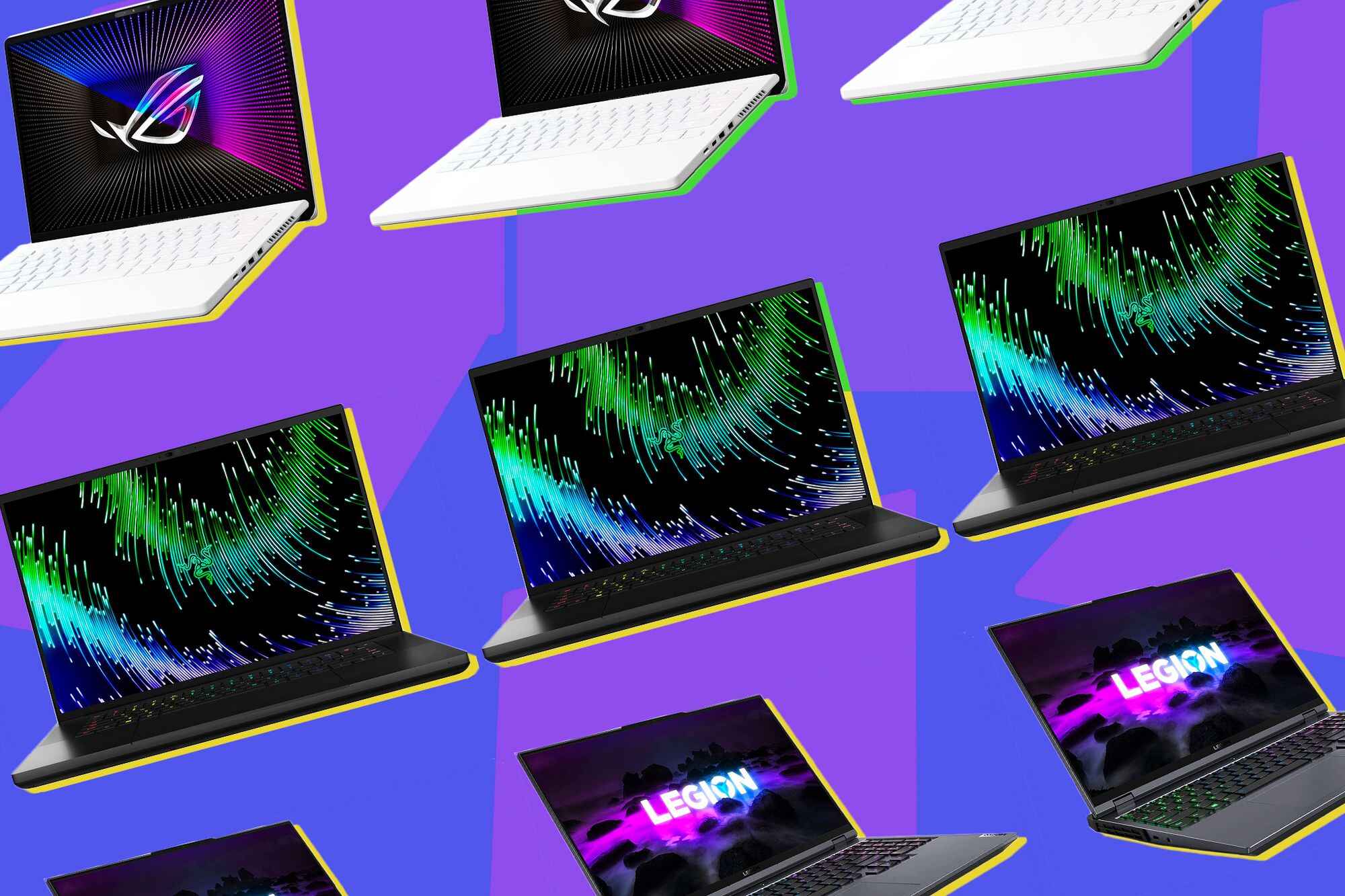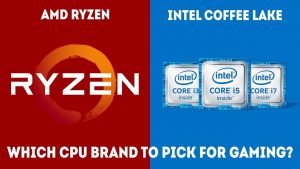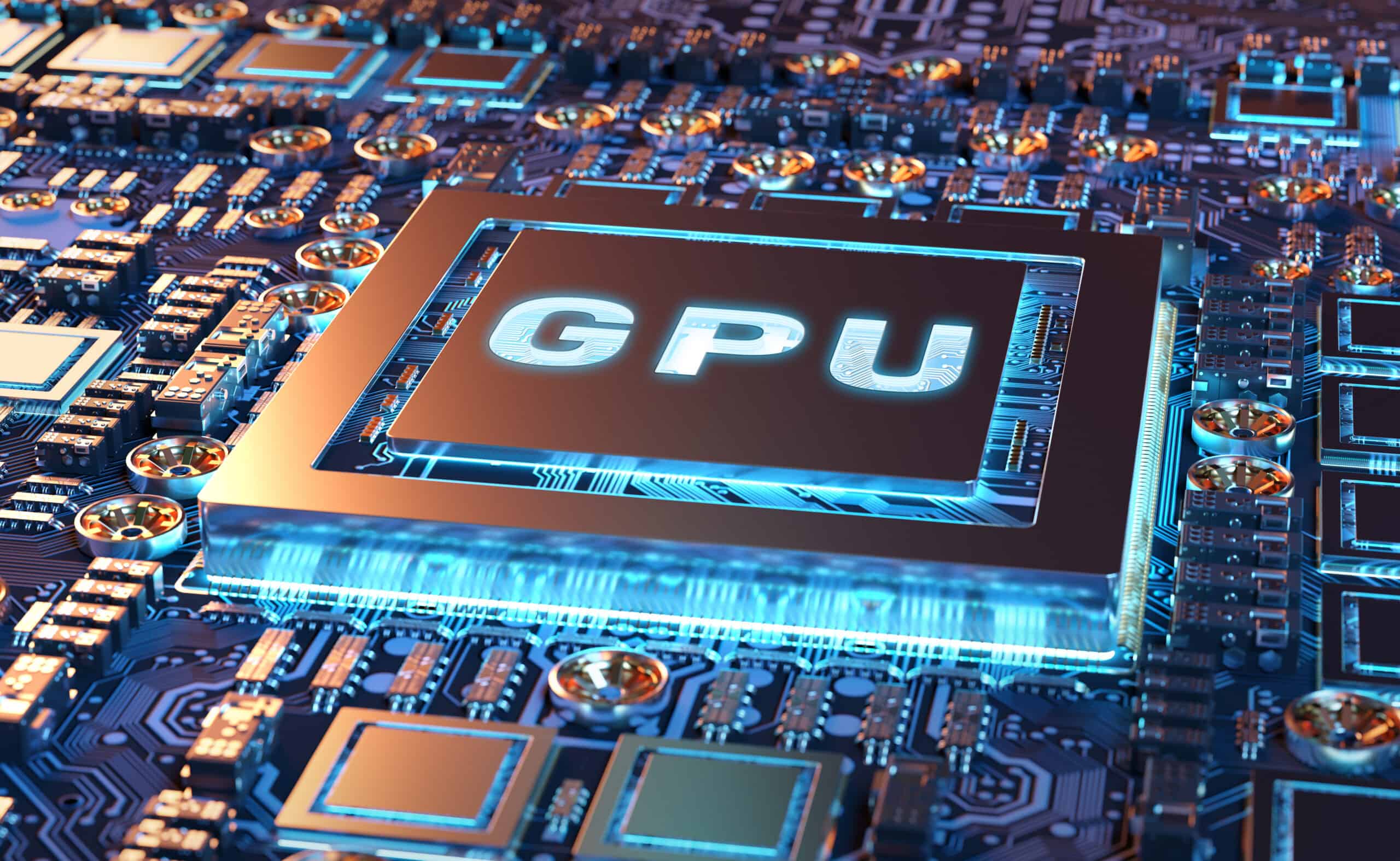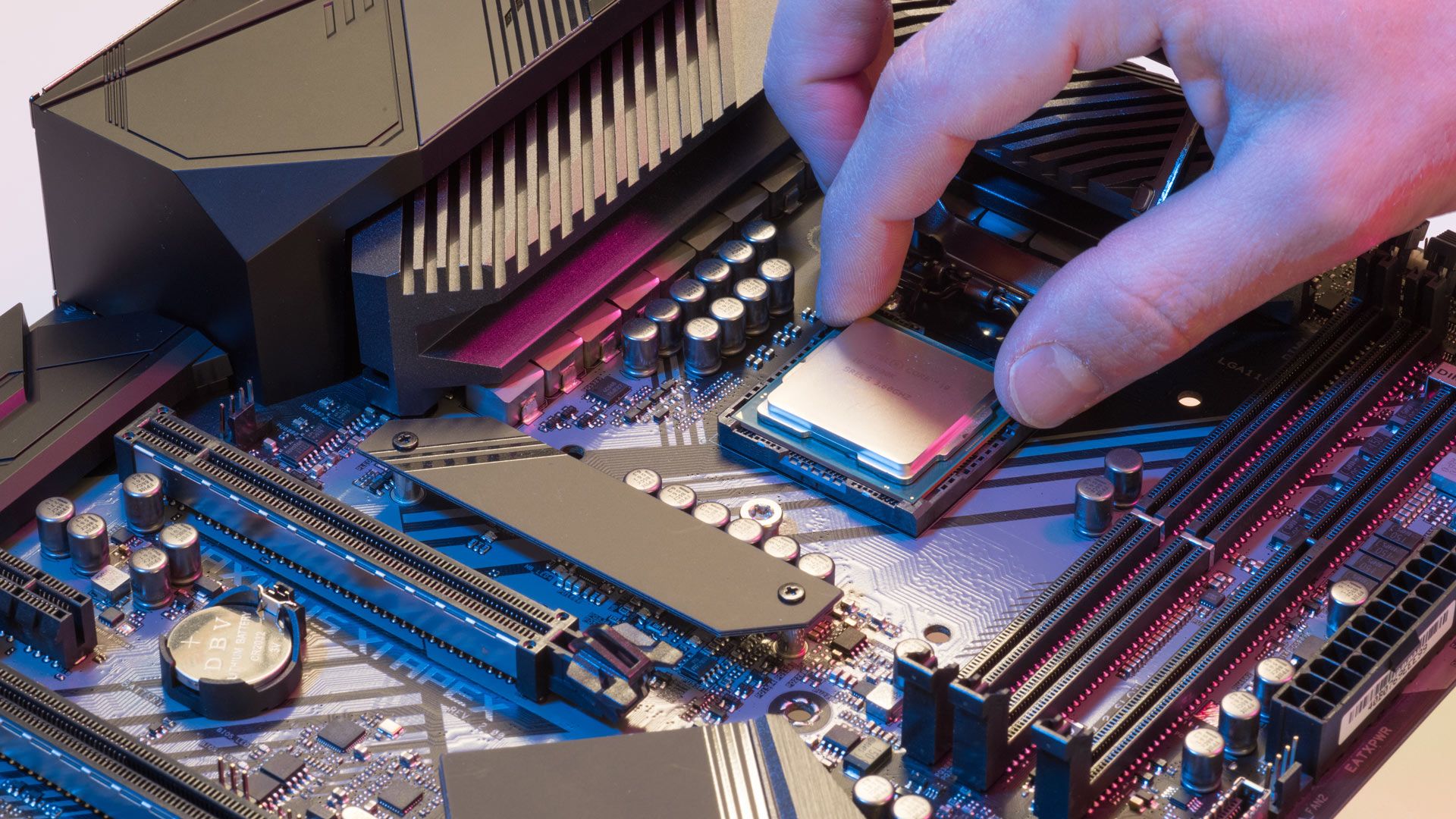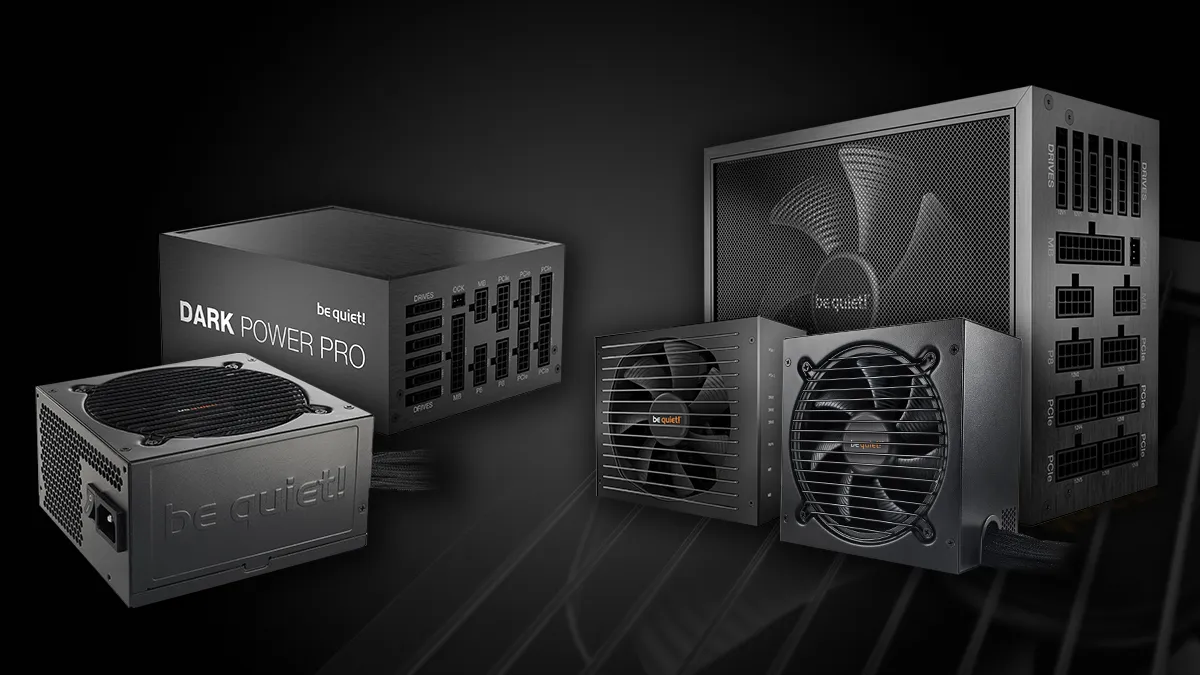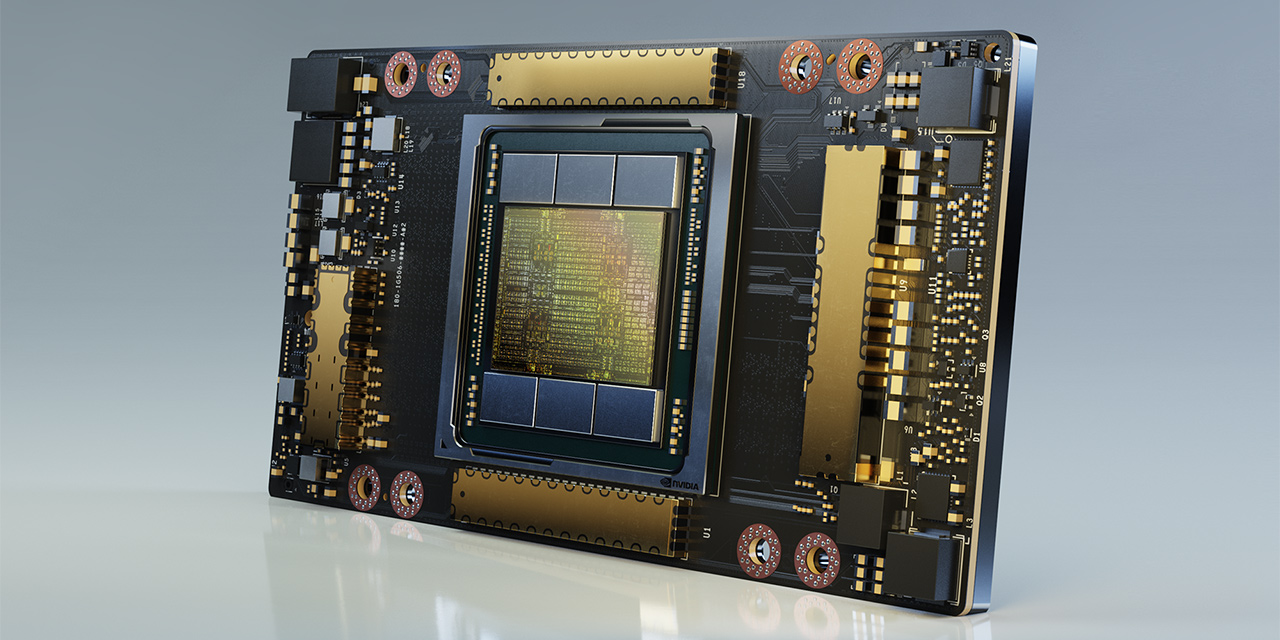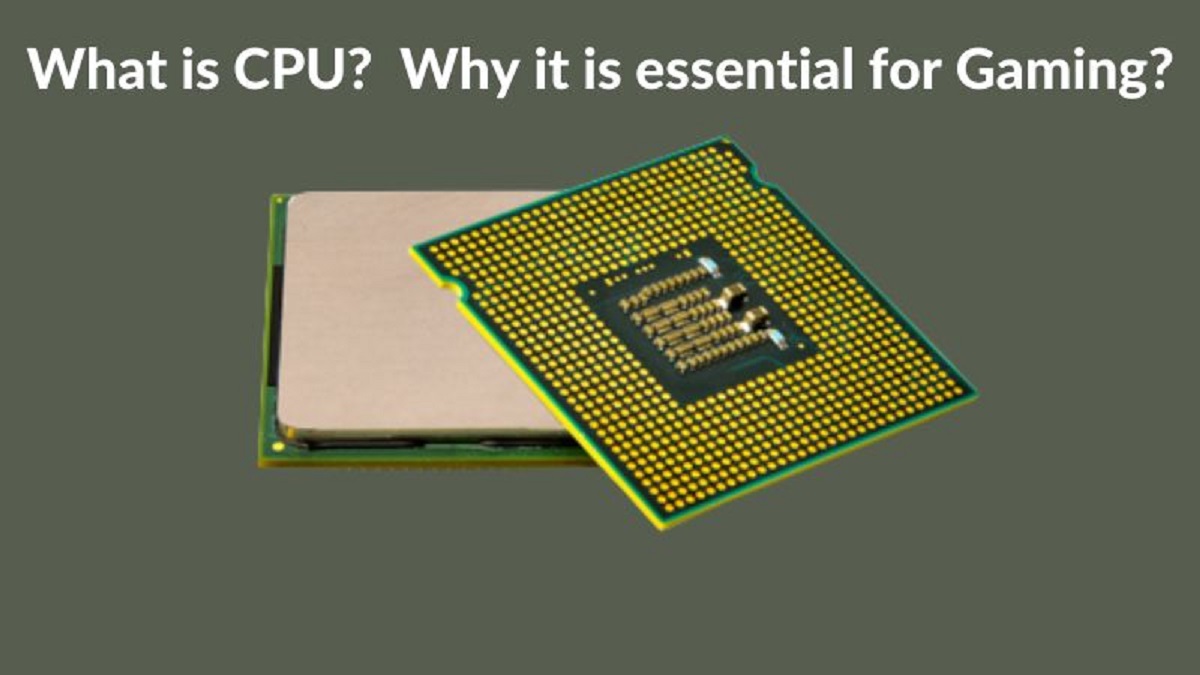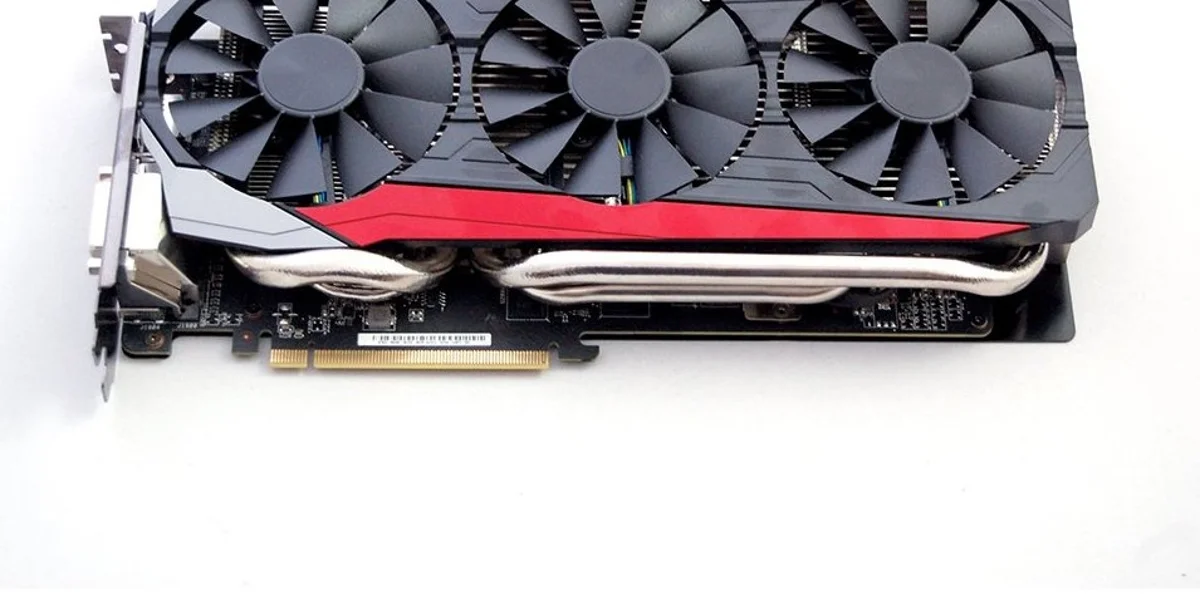The tech world is flooded with technical terms that can be difficult to understand, much less pull apart from similar concepts, and the GPU vs CPU discussion is no exception. GPUs and CPUs are both microprocessors and critical computing engines for computers. But what are these microprocessors for in the first place? Where do these microprocessors diverge and converge in terms of capabilities? Let’s take a look into the world of microprocessors and how they function.
What Is GPU?
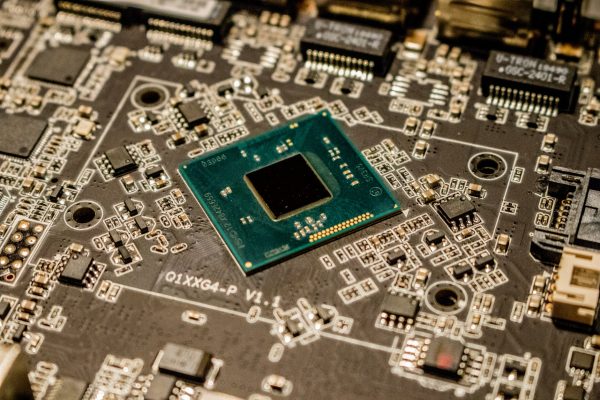

The GPU or graphics processing unit is a microchip component designed to create and render images and videos on computers and video game consoles. GPUs can be found on most computer systems with screens, including computers, mobile phones, tablets, and gaming consoles.
GPUs are the most crucial hardware components when it comes to reproducing graphics. They take instructions and 3D graphics data from the CPU and process them into the screen. This is why they are also called graphics cards or video cards. GPUs would grow into this pre-determined role and evolve from displaying only a few characters to displaying photorealistic images with excellent frame rates.
Furthermore, GPUs are composed of smaller units called arithmetic logic units (ALU) units, the grouping of which creates a variety of weaker cores. Generally speaking, GPUs require fewer ALUs compared to CPUs. The presence of a multitude of ALU units allows the GPU to process large volumes of data simultaneously.
There are two types of GPUs available: dedicated graphics cards and integrated graphics processing units. Dedicated GPUs are often sold and bought separately and placed on a special slot next to the central processing unit (CPU). On the other hand, integrated GPUs are often pre-assembled with the motherboard.
The ability to process multiple computations simultaneously makes GPUs the ideal candidate for processing large volumes of data, and its abilities extend far beyond graphics processing. In fact, the technology is being adopted into a wide selection of industries, including machine learning, robotics, statistics, linear algebra, medical research, and engineering, to name a few.
Also, read about artificial intelligence and machine learning to find out about their similarities and nuances.
What Is CPU?
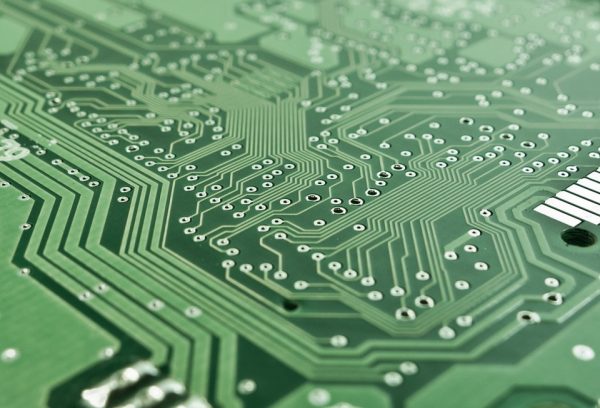

The CPU or the central processing unit is the command center or main coordinator of a computer system. The CPU receives data from software, executes commands, and relays commands to other computer software components. Occasionally, the CPU would pass on mathematically complicated data (e.g., graphics) to the GPU for processing.
CPUs are composed of smaller units called cores. Each core contains a combination of ALUs, a control unit, and registers. Each core can handle a single task simultaneously, usually on a sequential basis as the commands are executed.
Older CPUs only had a single core that could process one task at a time. Nowadays, though, CPUs have anywhere between two to eighteen cores. These numbers are already quite a lot for CPUs, but they pale in comparison to the number of cores on GPUs. But then again, CPU cores are still far more powerful than GPU cores.
Some CPUs have hyper-threading abilities. Hyper-threading is when a single physical CPU core appears as two virtual cores to the operating system. These virtual cores can then process separate commands simultaneously, and it also allows them to borrow resources from other cores.
But while CPUs are commonly associated with computers and laptops, their use is not limited to computers alone. Most devices that run programs, such as phones, smartwatches, consoles, tablets, e-readers, and televisions, also use them.
Also, read this comparative analysis of top CPU brands Intel vs. Ryzen to help you find the best picks for your PC.
GPU vs CPU: What’s the Difference?
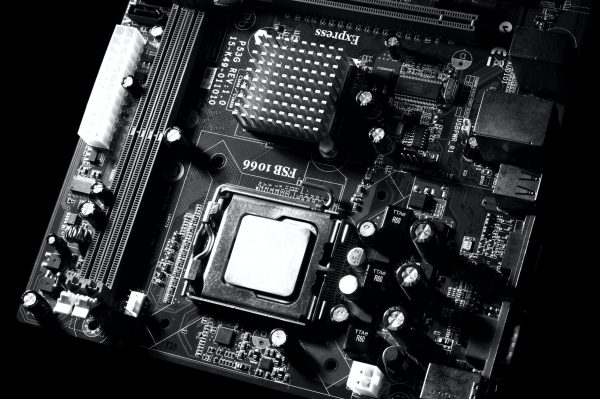

GPUs and CPUs are both silicone-based microprocessors. These microprocessors complement each other when it comes to allowing a computer to run. However, GPUs and CPUs accomplish different tasks and have different processes for accomplishing these tasks. These differences fall right into the heart of the GPU vs CPU discussion and shed light on the inner workings of both components.
Architecture
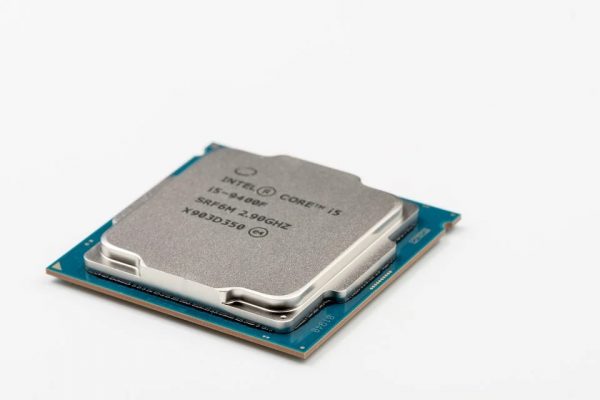

The hardware for GPUs and CPUs look alike on the outside, but their inner architecture is different. CPUs contain a few complicated cores that number between two to 18. These cores are designed to break down tasks into smaller pieces, allowing multiple cores to have the same task that they can work on simultaneously. CPU cores also require higher memory storage than GPU cores.
On the other hand, GPUs contain a larger volume of weaker cores that perform specialized calculations in a parallel manner. They work on more specialized tasks while the CPU works on more general tasks. They also don’t require as much memory as CPU cores do.
Software Threads


GPUs and CPUs contain a different number of cores, which directly affects each microprocessor’s performance. CPUs only have cores that number by the dozen, and so they can only execute a limited number of commands at a time. Granted, CPUs have multi-threading capabilities, but these can only go so far as to speed up the switch between pre-set tasks.
On the other hand, GPUs are equipped with hundreds of cores to handle thousands of software threads simultaneously. Moreover, GPUs are more programmable today than they were in the past. This could mean two things. The first is that you can improve speed and performance by using overclocking software. The other is that you can program the GPU to work on specialized tasks.
Processing Method


Engineers designed CPUs more for serial processing and GPUs for parallel processing. Serial processing is when a task is wholly assigned to a single core, and the tasks are completed on a sequential basis. GPUs, on the other hand, divide the task amongst several cores that execute the sub-tasks simultaneously. The difference is that a single core in a CPU has a higher workload than a single core in a GPU.
Latency


The number of cores also contributes to how fast the processors can complete computing tasks. CPUs, for example, take longer than GPUs to accomplish tasks for this exact reason. The limited number of cores that CPUs have limit the concurrency of tasks that they can accomplish. At the opposite end are GPUs with many cores that can process large volumes of data simultaneously and non-sequentially. This distributive nature of GPU processing allows it to save a lot of time.
Another reason why GPUs have better speeds has to do with the fact that they have VRAM memories. VRAM stands for video random access memory. It’s a special type of RAM that provides access to the information on the CPU. The availability of that information on the VRAM saves the CPU on time normally used to transfer the data to the GPU.
Efficiency


The root of the matter relates to the architectural differences in the cores of CPUs and GPUs. GPUs consume less power than CPUs in general. GPU cores are more resource-efficient, which means they perform more work for every energy unit they receive than CPU cores. The power efficiency offered by GPUs makes it ideal for cloud computing and big data analytics.
A few factors contribute to GPU’s power efficiency. The first relates to data latency, the time it takes to travel from the main memory and down into the processor. Engineers designed CPUs to have smaller bodies with tightly packed transistors. On the other hand, you have CPUs with larger cores that are farther apart. This increases the speed of processing for GPUs compared to CPUs.
Additionally, GPU cores have the uncanny ability to transfer data into all cores simultaneously. On the other hand, CPUs have to check every core in the system before transferring data and executing commands.
Host Codes


CPUs typically work with the very basic units of coded language known as “machine codes” or “native codes.” Machine codes contain a series of instructions that the CPU must relay to other components. Any given software might contain millions of machine codes strung together. The CPU converts the codes into instructions which it then relays to the appropriate components. For example, software as common as Firefox comprises 21 million lines of code.
On the other hand, GPUs can only run a special type of code called “shaders.” Shaders are additional bits of code that help to improve the graphics quality of games and other programs. Enhancing graphics post-production requires a lot of complicated math to execute. Luckily, GPU manufacturers have designed GPUs to handle exactly these types of tasks.
The presence of a GPU frees up the CPU so it can handle more important tasks. These might include rendering, compression, or transcoding tasks, to name a few. Nonetheless, the CPU is still responsible for sending all the information to the GPU for processing.
GPU vs CPU: A Paradigm Shift
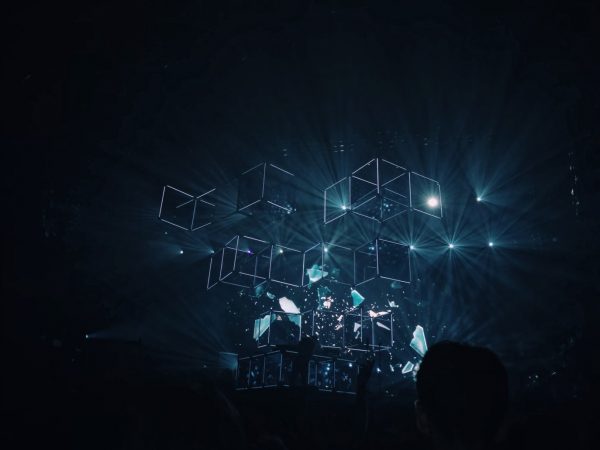

GPUs and CPUs are tied to the hip when it comes to their functions. They complement each other more often than they compete with each other. But as recent developments will prove, they are likely to evolve into integrated forms or merge with other components into a single chip. Here are some examples of hybrid microchips that may blur the GPU vs CPU lines in the near future.
Accelerated Processing Units (APUs)
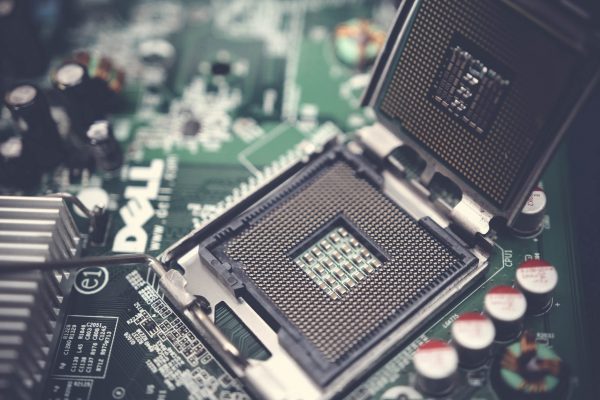

During the past decade, various efforts to integrate CPUs and GPUs into a single device have come about. A few manufacturers who succeeded in this effort called their products accelerated processing units (APUs). APUs allow you to enjoy the same benefits that a typical GPU and CPU setup does on your computer. The GPU and CPU combination will speed up your applications, improve the quality of your graphics, as well as decrease power consumption over time.
Manufacturers combine the two components into a single circuit or “die” secured by the semiconductor material. Keeping the two components tightly packed next to each other boosts data frame rates and reduces power consumption. APU designs also come with cost savings for both manufacturers and consumers. Not to mention, the compact design also means that you have more room for other types of hardware.
System-on-a-Chip (SoC)
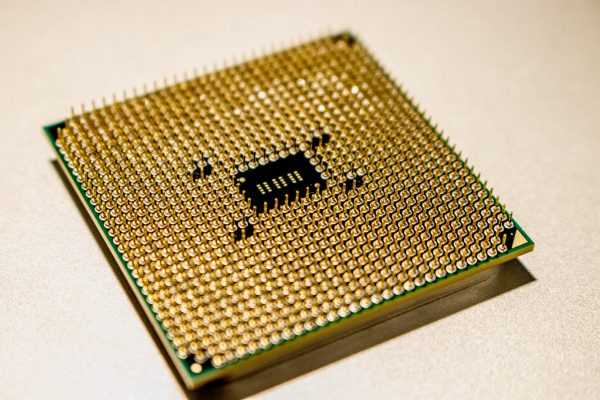

If combining two processors into a die could bring performance enhancements, then it follows that adding more systems onto a single chip would have the same effect. If you could add two components and turn them into a single device, then perhaps it’s also possible to merge multiple components into a single device. A System-on-a-Chip (SoC) is any device that fits into this description.
An SoC is an integrated component that combines a variety of essential components into single hardware. Like APUs, SoCs incorporate GPUs and CPUs into a single chip. Except that they also include memory and secondary storage, plus other things that the manufacturer might want to add.
The benefits of SoCs may be even greater than plain APUs. The benefits of APUs, including more efficient power consumption and heat generation, plus increased performance, also hold for SoCs. SoCs also have a smaller footprint since all the components are on the same chop and internally connected. A single SoC chip is a testament against the GPU vs CPU comparison, and it’s more cost-efficient than purchasing individual components.
Also, read about the original Apple M1 Mac, the first Apple-designed System on a Chip (SoC) device with both CPU and GPU components.
If you need a broader perspective on how the M1 compares to other brands, read this article comparing the Apple M1 Chip with the Intel Core i7 CPU.
GPU vs CPU: The End of Moore’s Law
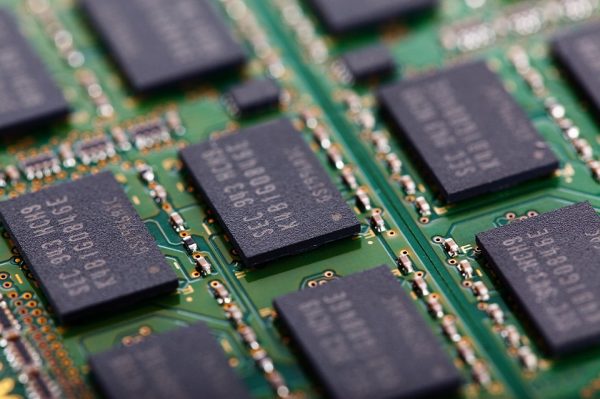

Despite the obvious differences within the GPU vs CPU discussion, both microprocessors remain the heart and soul of our electronic devices. Without these processors, our computers would be nothing more than hardware put together. Each has its advantages that come in handy for keeping up with performance standards on computer systems. But what changes can we expect for these crucial components? Let’s find out.
Moore’s Law
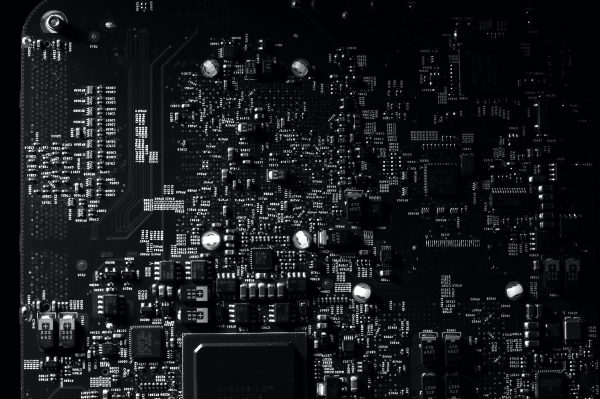

Computer hardware is always evolving, with components becoming smaller and more powerful. This is the foundation for Moore’s law. Moore’s law is a scientific observation that microprocessors are constantly improving, with a new release every two years. As time goes on, microprocessors contain more transistors, and they also arrive in increasingly small packages. The historical data seems to support this prediction, with new and more powerful transistors coming out every two years or so.
Intel invented the very first microprocessor back in 1971, and it had 2,300 transistors. Nowadays, most processors contain billions of transistors that may directly or indirectly control other components. Reducing the size of microchips is another factor in its development to make it portable. Microprocessors in the 2000s were about 90nm in size, but today’s microprocessors are anywhere between 5 to 14 nm in size.
A Self-Fulfilling Prophecy
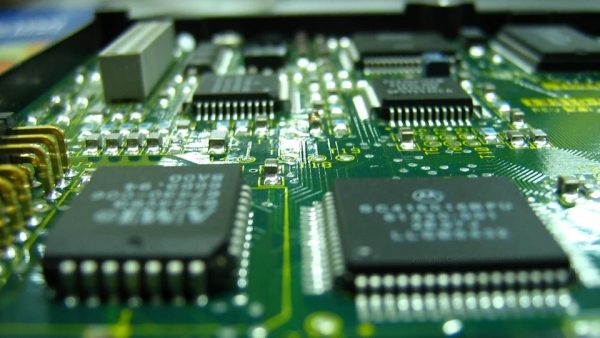

Moore’s law was a kind of self-fulfilling prophecy. Over the past few decades, scientists have managed to scale down the size of microprocessors and pack in as many transistors into them as possible. But this improvement cannot last forever, and at some point, we will hit a wall with how fast and how small our transistors can be.
Let’s take the eight-core Apple M1 Pro chip as an example. It contains 33.7 billion transistors, more than twice the original M1 chip. The manufacturers compressed the transistors into a silicone packet about the size of a quarter of a post-it note. Anything lower than this level of compaction and the laws of physics will start to go against you. That is, electrons will begin to go haywire and end up in places where they shouldn’t be. In addition that, it will be impossible to fit the transistors into silicon wafers, which control their electronic properties.
Moore’s Law and Processing Speeds
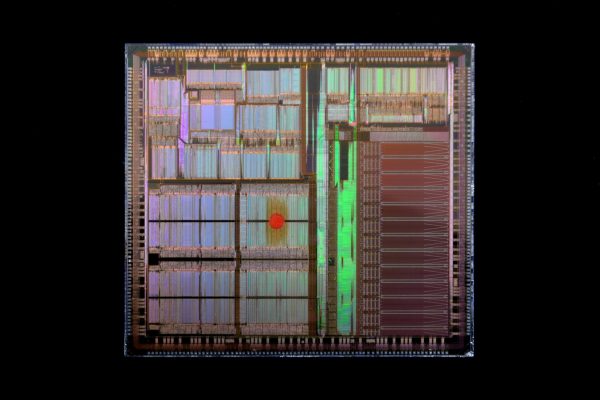

But what does Moore’s law have to do with GPUs vs. CPUs? The answer is, well, everything. Remember when we mentioned earlier that both microprocessors are made out of arithmetic logic units (ALUs)? In truth, the ALUs contain thousands of transistors (per unit). These transistors act as electronic switches that control the speed and function of GPUs and CPUs. And of course, they are the topic of discussion under Moore’s law.
These transistors are responsible for speed improvements in CPUs and even GPUs. Once the validity of Moore’s law expires, there would no longer be any room to move when it comes to microprocessor speeds. In fact, the production of microchips has become so expensive and time-consuming that many manufacturers have abandoned the effort. As such, only a handful of manufacturers are continuing the effort to develop new microchips.
The experts say that we have anywhere between eight to ten more cycles before Moore’s law finally expires, which is good news. Come to think of it, though, that last microprocessor will still bring us mind-numbingly fast speeds. Just imagine the current speed of the world’s fastest processor, the AMD Ryzen 1950X’s 3.4 GHz speed, and then squaring it by a factor of six. So while we will inevitably hit that wall in the future, it likely won’t be as bad as expected.
Impact of Moore’s Law on CPUs and GPUs
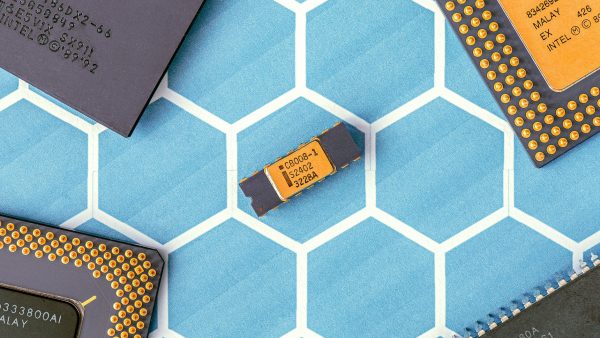

With Moore’s law bound to happen down the line, many people wonder if this is the end for GPUs and CPUs. The answer is probably not. CPUs and GPUs both perform essential tasks on computers, and as far as we’re concerned, there are no substitutes for these microprocessors and the way they work.
The more likely scenario is that GPUs and CPUs will continue to improve over time, up until they reach the point where it’s physically impossible to fit transistors into a smaller space. Even when we reach that point, the more likely scenario is that silicon transistors will be replaced, not the processors. Scientists are already looking at alternatives, which include circuit memory capabilities called “memristors.”
It’s also unlikely that the CPU will replace the GPU. Because while GPUs have significantly more cores than CPUs, their cores are far slower. Additionally, manufacturers designed GPUs to handle compute-heavy tasks instead of generic computing tasks. They rely entirely on the CPU for information and instructions. Therefore both microprocessors are likely to carry on with their respective roles.
Final Thoughts
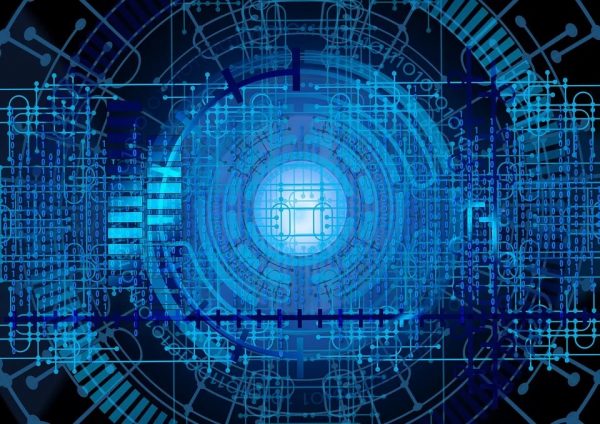

CPUs and GPUs are comparable to a Swiss knife and combat knife, respectively. The Swiss army knife is useful for many different things, such as opening cans or cutting small pieces of firewood in the forest. But you wouldn’t want to use the Swiss army knife once an enemy comes along; you need the combat knife for that. Following this analogy, CPUs cater to various generic computing tasks, while the GPUs are more focused on specialized, compute-heavy tasks. Nevertheless, both microprocessors remain vital to the performance of computer systems, so it’s not a matter of choice. Both components are equally necessary for excellent performance, and the system benefits the most when both components are present. That settles our discussion on GPU vs CPU







